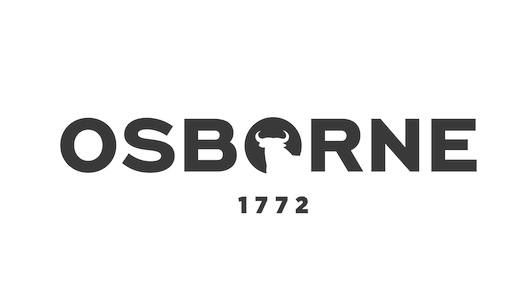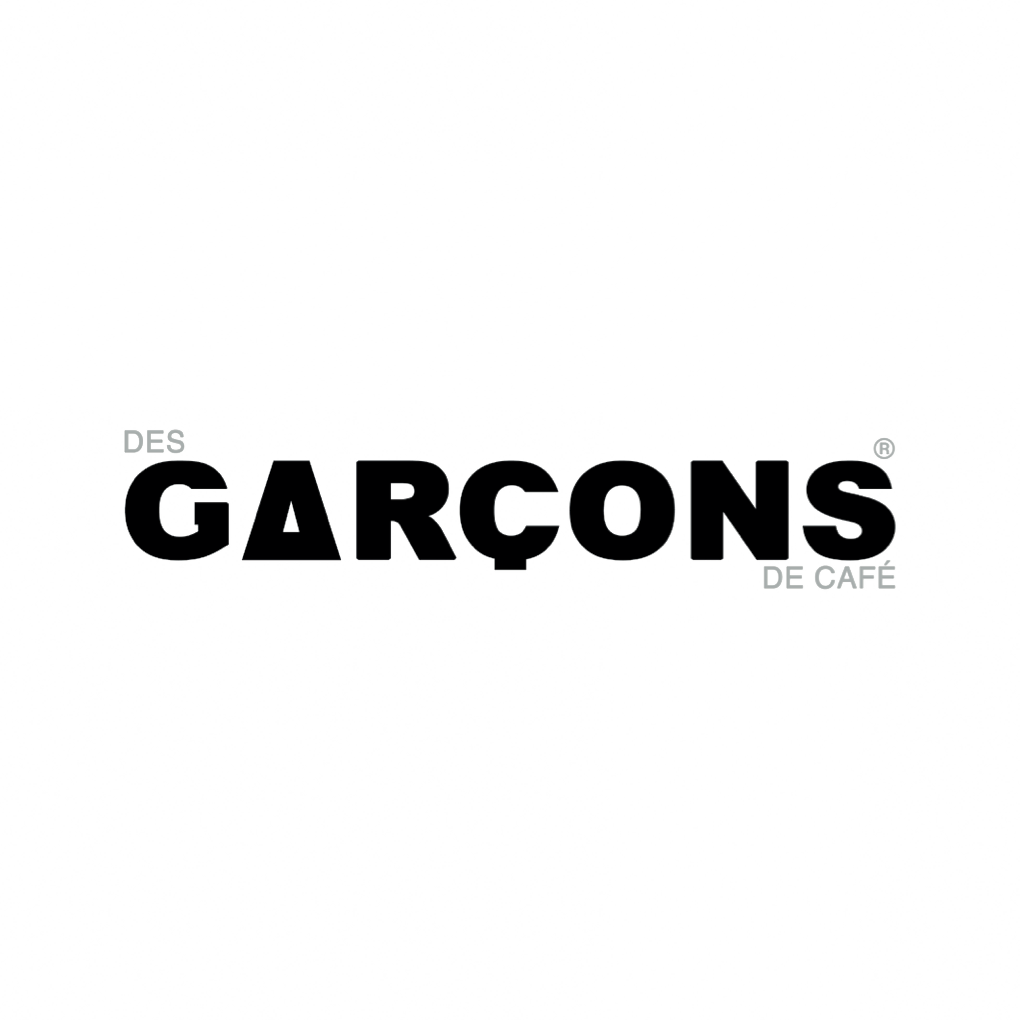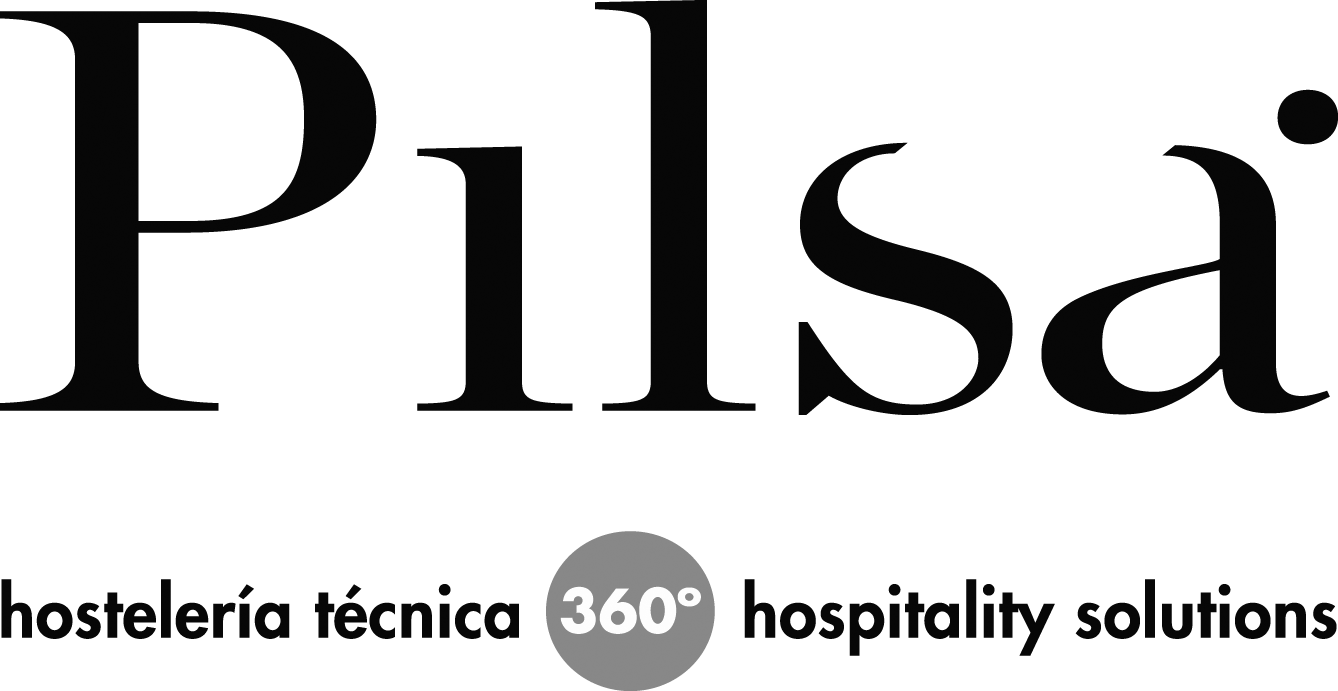News
Meeting of the Seas heads up the fight against an invasive algae species that is taking over the Andalusian coastline
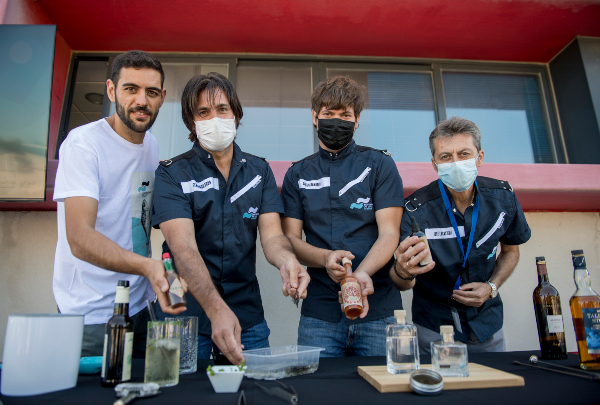
The organoleptic properties of algae, similar to the properties of chilli, serve up a spicy gastronomic solution to this environmental problem.
Early this year the scientific director of Meeting of the Seas, Carlos Duarte, issued a warning about an algae that was invading the Andalusian coastline, an extremely damaging species about which little was known. He contacted scientists and chefs to find solutions, to work against this invasion “because that’s what the congress is about, co-creating a different future”. The outcome of these contacts emerged today on the second day of Meeting of the Seas.
This Tuesday Fernando G. Brun and José Lucas Pérez Lloréns, both professors at the University of Cádiz, and chef David Chamorro touched on Rugulopteryx Okamurae, “the seaweed with the fastest and most adverse invasive capacity we have ever seen”. Known as “roña” among fishermen, it has now installed itself on the Andalusian shoreline, and “before long it’ll be taking over a large part of the Mediterranean”, they explained. An invasive seaweed species, whose high growth rate, dispersion propensity and predator immunity make it “very dangerous”, and has taken over the region and reduced diversity. “A danger posing a risk to environmental, economic and social sustainability”, said the experts. Meeting of the Seas is issuing a warning.
Rugulopteryx Okamurae is native to the Pacific between Japan and Korea, and it arrived in Europe in 2002 along with ships’ ballast water. It was first discovered in France when it was not invasive, but it certainly has been invasive in the Strait, where it arrived in 2016, and where it is now found over practically 100% of the sea bed. “Invasions are nothing new in the Strait, but the ecosystem is weakened with each episode. Moreover, we’ve never had an invasion on this scale before”, explained Lloréns.
“We don’t know why it has this invasive capacity, but it does, and it’s destroying everything it comes across”, reported Brun. The experts specified that its cytotoxic capacity enables it to kill other species in less than 24 hours. An environmental problem which becomes an economic problem, for example, due to the resources needed to remove the seaweed from beaches and coastlines, or the nuisance it causes for tourists.
What can we do?
“Make people aware”, said Lloréns and Brun. “We can’t do much. We don’t have the technical or economic capacity”. Their advice, however, was “to talk about it, to make people aware of it to prevent it reaching other areas. If we don’t warn people, it could become hegemonic in the Mediterranean. Training must be provided for the technical staff tasked with monitoring it, and for those living near the sea so that they can recognise it”.
In addition to monitoring and the awareness programme, which has been launched by Meeting of the Seas, “the contacts made months ago focused on fighting this plague by creating an economic value for the species”, explained David Chamorro, formerly head of R+D at Ángel León’s Aponiente restaurant. It already has this in pharmacology (due to its cytotoxic capacity), and it is also used as fuel. Using it as a gastronomic ingredient was the useful tip for chefs at Meeting of the Seas, already taken on board by Chamorro.
He had done this at his Food Idea Lab (Chamorro’s gastronomic creativity centre he has been operating since the end of last year) and on Tuesday he presented the applications developed from the algae, especially “considering its sea flavourings, in the first place, and also its bitterness and spiciness. It seems like a seaweed that doesn’t want to be eaten”, he said. He has also worked with the species due to its spiciness (“not often found at sea”), making a sriracha sauce and a Tabasco sauce called “Tabanco” by way of a homage to the typical bars of Jerez. Chamorro has also dehydrated the species and turned it into powder, and has even concocted an angostura (“Algae Hot Bitter”), an alcohol distillate (known as “Agua de lastre”), a soda, and an Andalusian “rebujito” beverage. “These are products which can be used by the gastronomy industry, but they’re also products which can assist in pointing out a serious problem. We’re doing our bit to help out”. Knowledge gleaned at Meeting of the Seas.
A day of aquaculture and Cádiz’s sea
Although Tuesday mostly focused on the invasive seaweed, Meeting of the Seas also turned to aquaculture with a visit to the Andalusian Aquaculture Technology Centre (CTAQUA), a facility now expanding the aquatic sector, and to the Marítimo Zaporito Integrated Vocational Training Centre, a maritime and fishing centre which teaches two aquaculture cycles. The event was rounded off with lunch at Sancti Petri’s Cataria, the Andalusian embassy of Aitor Arregi’s much acclaimed Elkano* restaurant in Getaria. The Basque chef was present during the meal, and welcomed the congress by explaining what Cataria is, “nothing more than bringing a grill to other latitudes”. 36º 6’, to be precise, “a latitude with more richness and variety than 43º 2’”, Getaria’s coordinates. “This means that, whatever you put on the grill, it’ll be fine”. Arregi won over his Cádiz clientele years ago.
Ángel León, 2021 “Sartún” Award
The award given by Meeting of the Seas to acknowledge the work of a person, a group or an organisation in defence of the sea, the ”Sartún” Award – “Sartún” being the official mascot of the congress, a hybrid name as a combination of “sardine” and “tuna” – stayed in Andalusia this year. Specifically, in El Puerto de Santa María, Ángel León’s operational base. The so-called “sea chef” was awarded the prize for his work in defence of the sea, and it was presented to him on Monday evening by Elías Bendodo, the Andalusian Regional Government’s secretary to the presidential office, who outlined the chef’s work as a representative of the community. The award was presented during a ceremony at Bodegas Osborne, which culminated in an 8-hand dinner by chefs representing the four points of the compass on the peninsula - Pepe Solla, Albert Raurich, Isaac Loya and JuanLu Fernández. A gastronomic windcock.
.jpg)
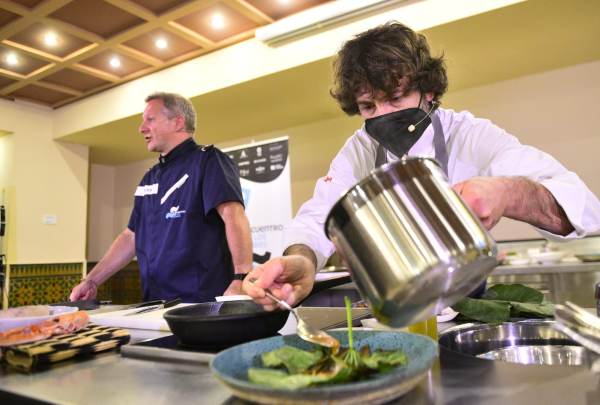
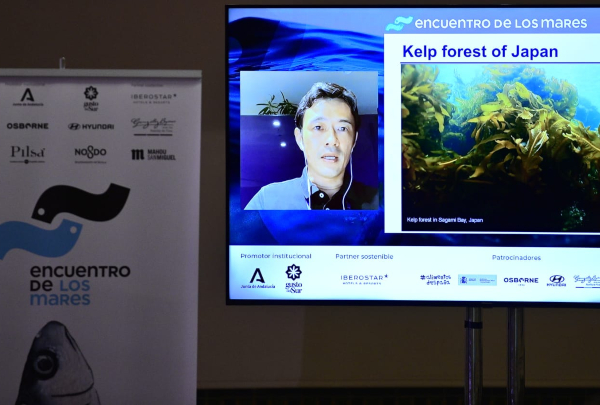
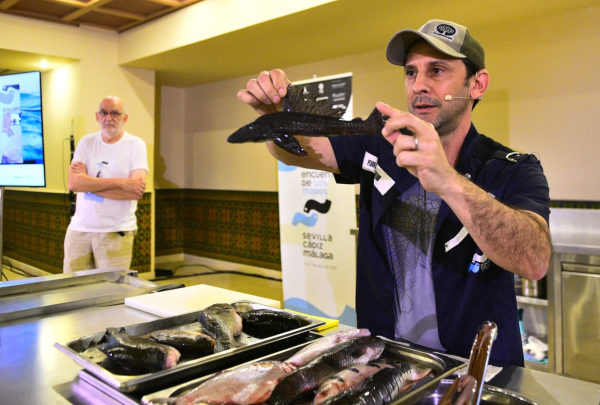
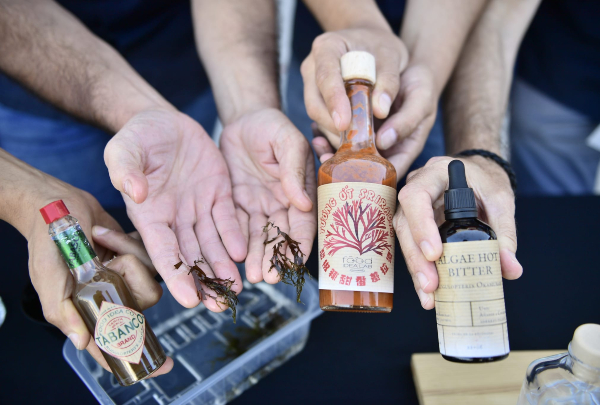
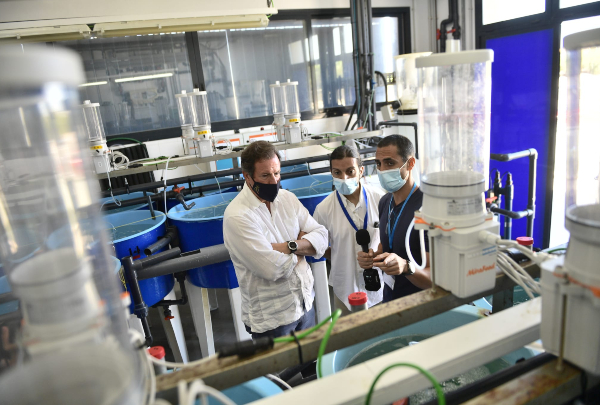
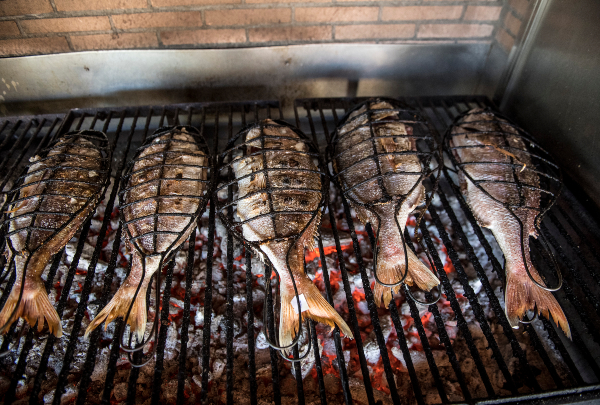
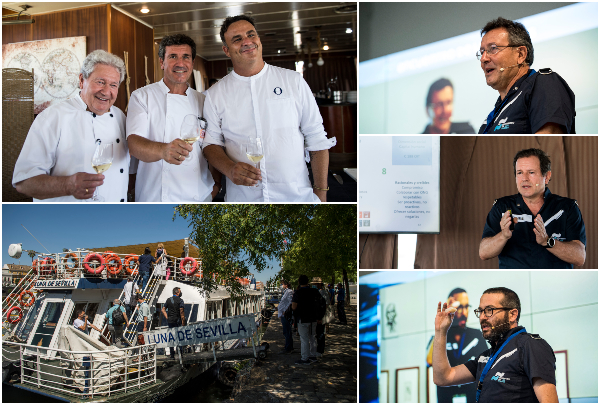
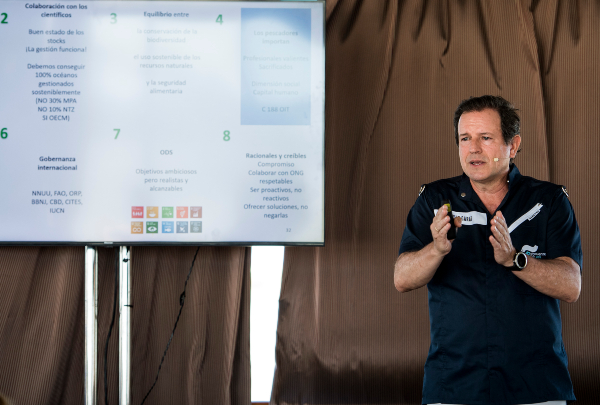
.jpg)





